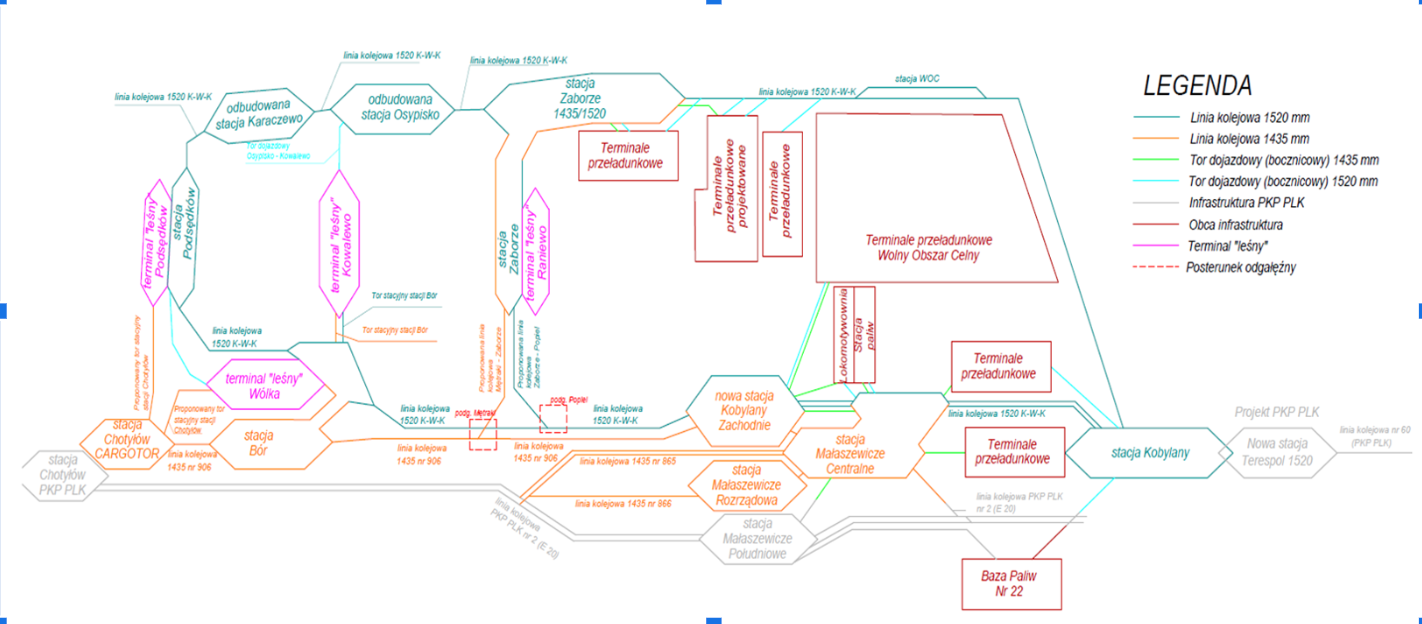Polish ministry to invest 800 million euros in Malaszewicze

The Polish Ministry of Finance has agreed to invest 3,8 billion Polish Zloty (820 million euros) in the development of the Małaszewicze transhipment area. With this investment, the capacity of the Polish border facility will be doubled. This was announced by Jakub Kapturzak, deputy director of trail at the ministry of infrastructure in the opening session of the RailFreight Summit Poland this morning.
Four years ago, I promised that the modernisation of Malaszewicze was not depending on the availability of EU funds. I can confirm this today. The Ministry of Infrastructure is currently preparing the legal basis for the financing of the investment, Kapturzak specified. “It has been approved by the council of ministers and it is now with the Parliament. We expect it to be approved before the elections are taking place.”
Not the whole project financed
The investment amount however will not cover the entire modernisation project in Malaszewicze. This is because the costs have increased, Kapturzak explained. “When this project was approved, the estimated costs were 800 million euros, but now it has increased to a billion euros. This is due to the increased cost of labour, electricity etc.”
At this point, it is not certain how the remaining 200 million euros will be raised. It could be that the parliament approves the funding of the additional costs, but it could also be that these costs will have to be covered by the port of Malaszewicze. In such a case, PKP PLK may want to discuss if the costs can be shared among the terminals, the government official elaborated, adding that with the investment currently discussed, the actual works can start.”

Why needed?
The modernisation of Malaszewicze area is a project that has been on the agenda for many years, and for which EU funding was very likely. However, the European Union decided to stop the financing of the project shortly after the war. This decision was in line with the EU policy focussing on connectivity with Ukraine, including the country’s inclusion in the TEN-T project. Due to this uncertainty, the project has been on hold.
The modernisation of the area is needed because the current capacity is not sufficient to meet the growing demand. The area near to the border with Belarus is considered a bottleneck for rail freight traffic on the New Silk Road, with trains often being delayed here. This bottleneck will be resolved with the construction of new and longer tracks, upgraded infrastructure and more railway tracks crossing the Bug River.
You just read one of our premium articles free of charge
Want full access? Take advantage of our exclusive offer





